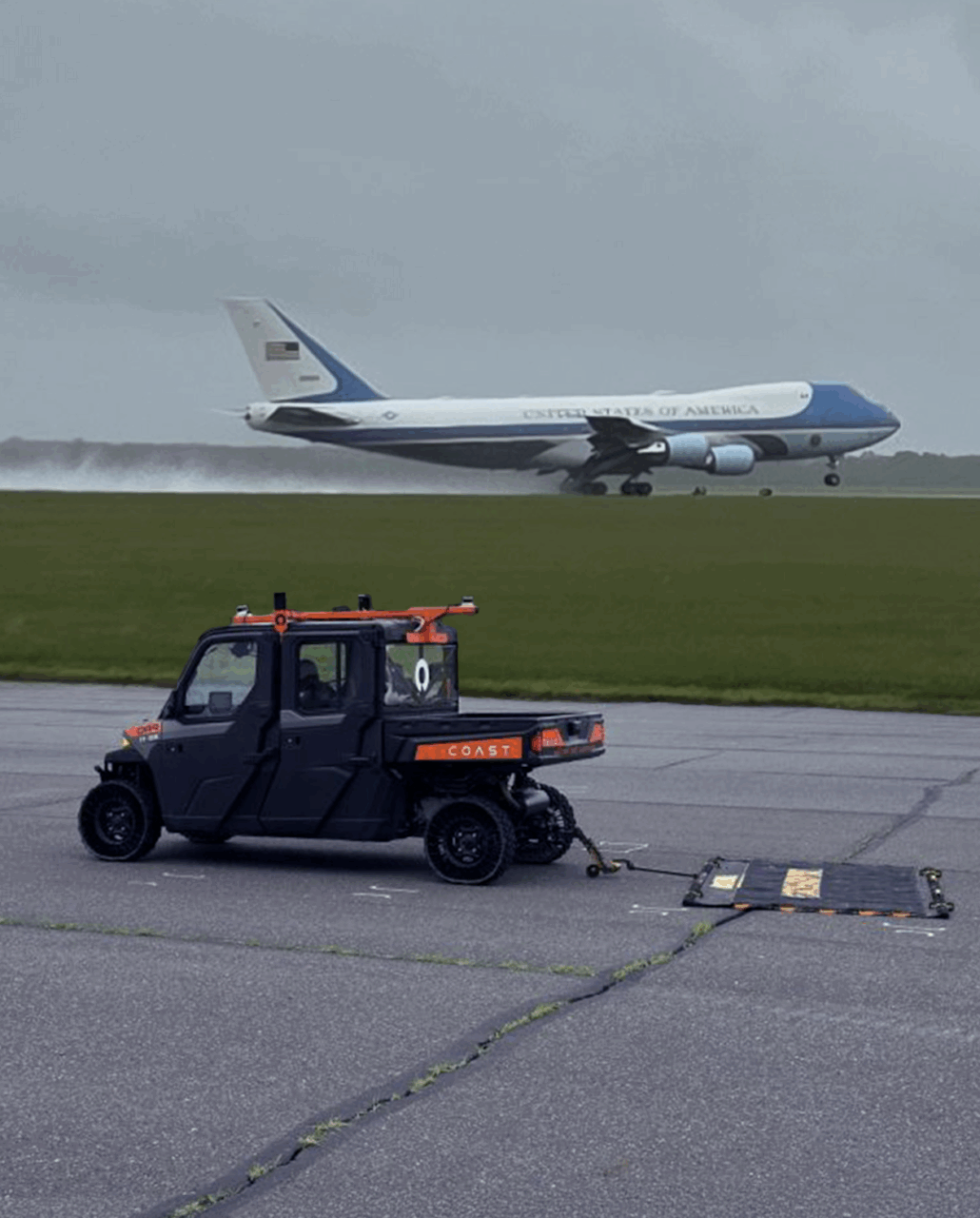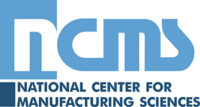Technology Title
COAST Airfield Autonomy Initiative (AAI): Certified, Multi-UGV Command and Control for DoD Flight Lines
Tech Focus Area
Reliability Improvement
Abstract
Problem Statement: DoD airfields must keep ramps, taxiways, and perimeters safe and sortie-ready despite shrinking manpower, high FOD risk, and vegetation. Mowing, perimeter patrols, and FOD sweeping are episodic and labor-intensive, exposing maintainers to hazards. Sustainment needs a scalable, tower-aware automation layer for continuous, safe, affordable operations.
Description of the Innovation Solution: COAST delivers a cloud-based Command and Control (C2) platform that provides a common operating picture and governs multiple unmanned ground vehicles (UGVs) through one interface. It supervises COAST ARM for FOD sweeping, Pratt Miller’s FRP-L for perimeter surveillance, and Renu’s Renubot for mowing. The platform applies geofencing, pause, recall, terminate, and emergency stop authority. It integrates third-party maps/APIs with bidirectional data exchange, and provides encrypted, fault-tolerant comms with failover across Wi Fi/LTE/5G/DSRC.
Benefits to the DoD: AAI executed 1,763 autonomous missions with a 99.55 percent success rate, including two weeks at 100 percent, with zero incidents or violations. The team redeployed between ACY and NAPMRC, reaching a new site within hours and restarting a known site in under one hour.
Results: higher mission availability, fewer mishaps, reduced labor burden, and a repeatable path to scale at DoD and commercial airfields.
Innovation Challenges: The effort addressed interoperability across autonomy stacks and maps, orchestration of multi UGV and multi mission schedules, operations in heavy rainfall, and CMA boundary behaviors with tower coordination. COAST mitigated risk through pre-integration and off-site rehearsals, digital checklists, geofenced corridors, and human in the loop e stop authority.
Technical Maturity and Demonstration Results: From 29 April to 20 June 2025, COAST operated at ACY and NAPMRC, running mowing, FOD sweeping, and perimeter missions under centralized C2. A live remote event showed one operator commanding robots in FL, TX, and MI. Subsystems are at TRL 8 to 9. Interoperability and safety were validated with high mission success and zero incidents. Cybersecurity was independently confirmed by Embry-Riddle; safety packages completed SRM and SMS reviews.
Next Steps for Coast: If awarded the $50,000 MIC prize, COAST will apply the funds toward early demonstration activities for tower-integrated autonomy at DoD airfields.
- Integrate ASDE-X, digital NOTAMs, and ATC feeds for real-time situational awareness.
- Conduct a limited, tower-observed pilot to validate predictive holds/releases near high-traffic areas.
- Lay groundwork for expansion into movement areas during off-peak windows under ATC oversight.
- Develop a dual-airfield exercise plan to stress scheduling, telemetry, and logistics.
Benefit to DoD: Reduces congestion and fuel burn, increases resilience, and builds a scalable pathway for autonomy across DoD airfields worldwide.
Graphic





